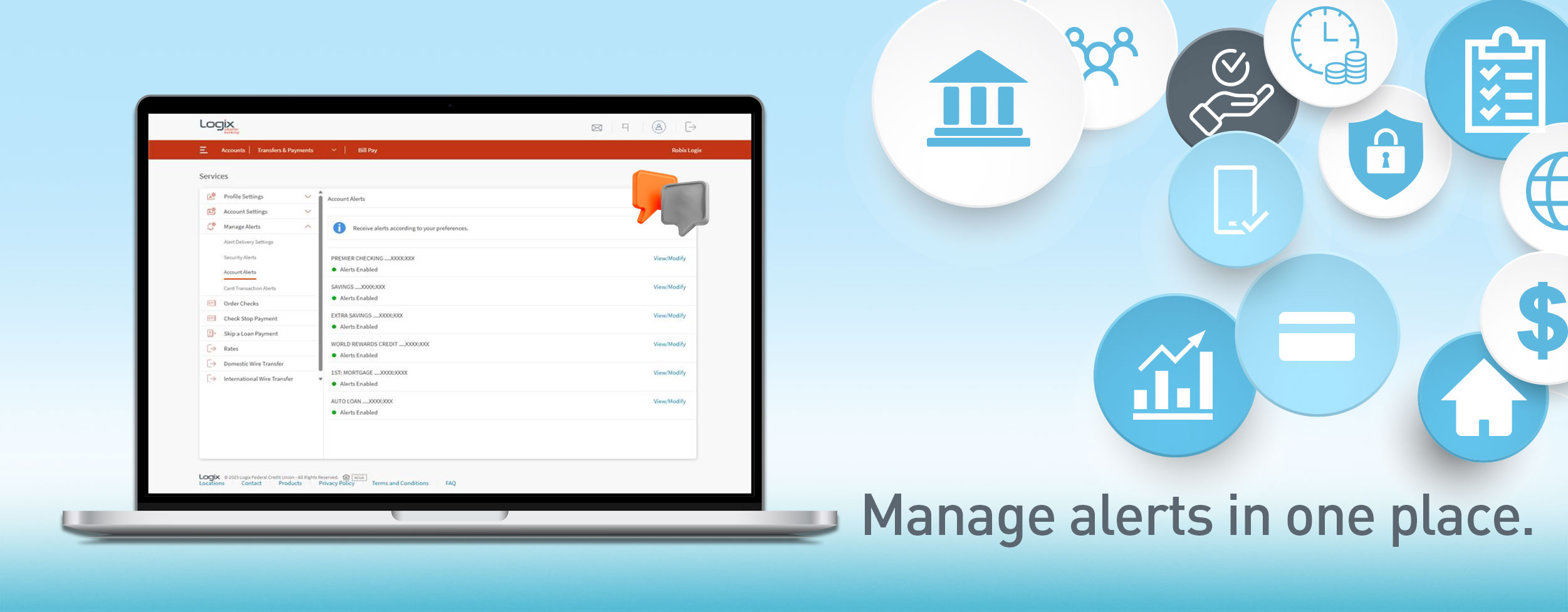
An individual retirement account or IRA is an investment account that enables individuals to save for retirement. There are two types of IRAs: Traditional IRAs and Roth IRAs.
Each calendar year, you can contribute up to a maximum dollar amount. The annual contribution limit for 2019, 2020, and 2021 is $6,000 (or $7,000 if you're age 50 or older).
Traditional IRA
A traditional IRA can be a great way to build your retirement nest egg while enjoying tax benefits. Contributions may be tax deductible depending on your income, tax filing status and coverage by an employer-sponsored retirement plan. You won’t pay tax on your earnings until you make withdrawals. Starting at age 59 1/2, you can begin taking money out of your IRA without penalty. The required minimum distributions (RMDs) must be taken each year beginning with the year you turn age 72 (70 ½ if you turned 70 ½ in 2019). For more information on RMDs and IRA Distribution Withdrawals, please refer to the IRS website or see here.
Roth IRA
Contributions to a Roth IRA are not tax-deductible. However, your earnings grow tax-deferred and withdrawals can be made tax-free. Unlike a traditional IRA, you are not required to make annual withdrawals at a certain age. As with a Traditional IRA, you can begin taking money out of your Roth IRA without penalty starting at age 59 1/2.
Rollover IRA
If you have assets in an old employer-sponsored retirement plan, it’s simple to move them into a Rollover IRA of your choice. You keep the tax benefits and get to choose how your money is invested.
Inherited IRA
If you’re the beneficiary of an IRA, opening an inherited IRA will preserve the tax-deferred status of the account. This could be the right choice for you if you don’t have an immediate need for the cash and you want to avoid taxes that would be due if you were to take the assets as a lump sum. However, there are required minimum distribution (RMD) rules for IRA beneficiaries.
Custodial IRA
A custodial IRA makes it possible to set up a retirement account for a minor so that he or she can benefit from tax-free or tax-deferred growth. Custodial IRAs require that an adult be named as custodian of the account until the minor reaches the age when he or she can take control of the assets.
There are specialized rules for contribution and distribution related to Custodial IRAs and requirements for those acting as custodian. For example, in order to contribute to a Custodial IRA, the minor must earn an income and the total amount of contributions cannot exceed the minor’s annual income or the standard limitations for traditional or Roth IRAs.
Special distribution rules apply to Custodial IRAs:
- The custodian can withdraw money only for the exclusive benefit of the minor.
- The minor takes sole possession of the IRA assets upon reaching the age of majority (18 or 21, depending on the state), and can transfer the assets to her own independent account.
For more information, please consult with a financial professional or review these additional resources provided by the IRS.
-----------------------------------------
*Logix has partnered with GreenPath Financial Wellness to give members access to additional financial wellness content, including this blog article. Views and opinions expressed in the financial wellness content are those of GreenPath and may not always represent the views and opinions of Logix Federal Credit Union. Logix Federal Credit Union is not affiliated with GreenPath, and is a separate entity. Please contact Logix at (800) 328-5328 or visit www.lfcu.com if you have any questions about this topic or would like to consider opening an account. This blog is intended for informational purposes only and is not provided as tax advice. Please consult with a tax professional or attorney for specific tax related questions. Logix is Federally Insured by NCUA and is an Equal Housing Lender.










